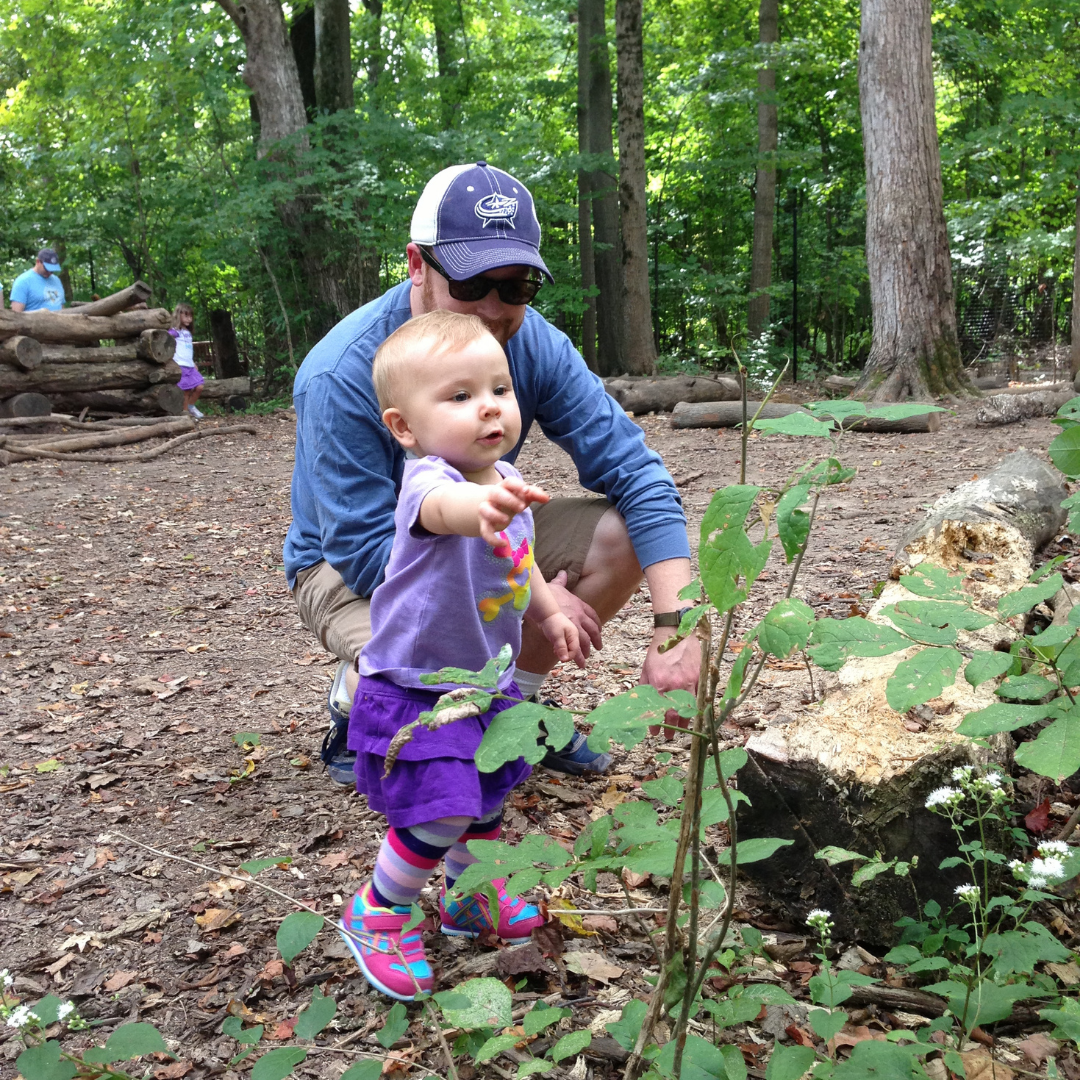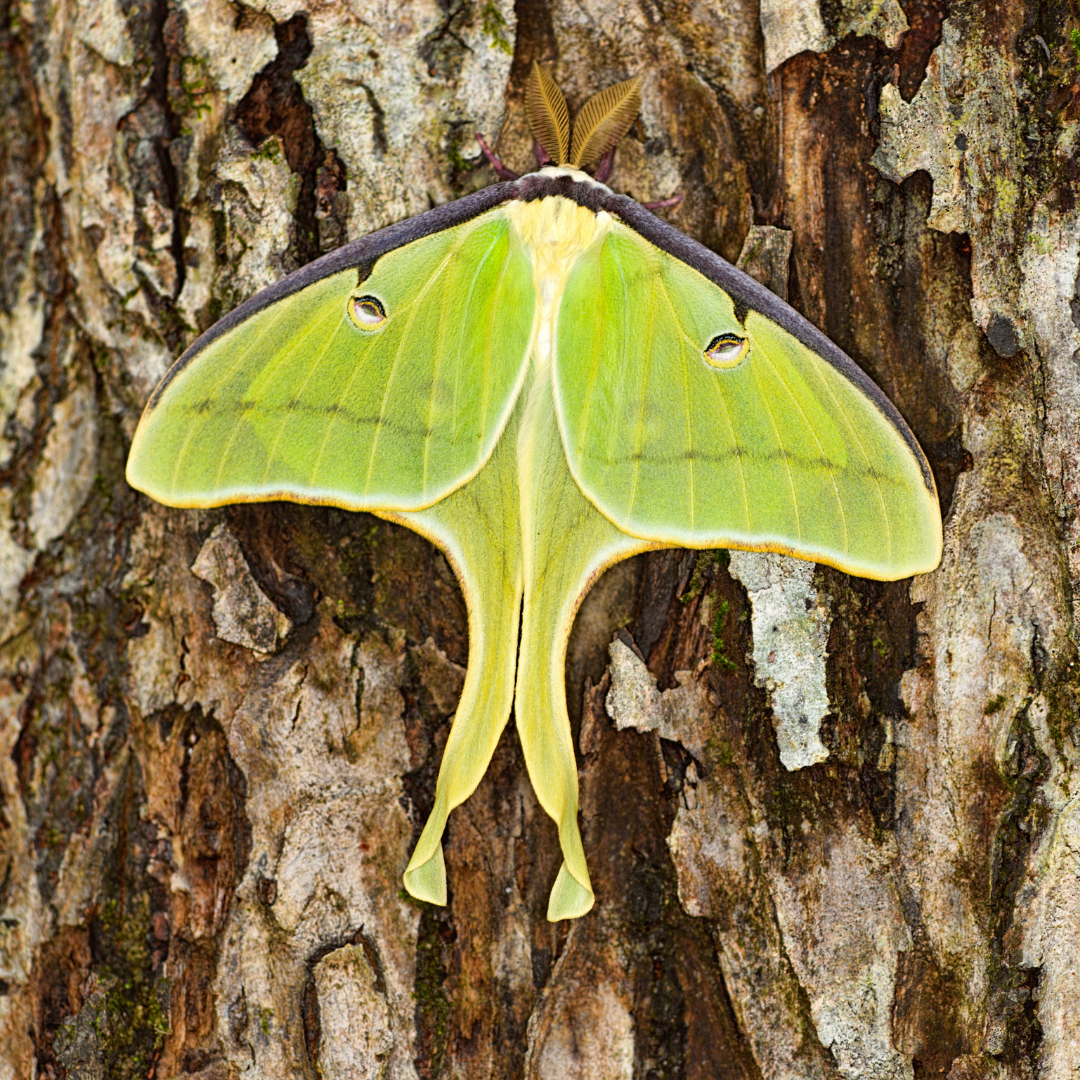Learn Online
Learn Online
Back to Things to DoAt Home Activities
Looking to have some nature fun in your neighborhood? We have plenty of at-home activities for all ages to help you enjoy the natural world right outside your door.

Activities for Kids
Getting outside is vital for children of all ages. It helps build immunity, fosters creative thinking and play, and keeps them active. Below are some easy activities you can print out and do with your children in your yard or neighborhood. Click the name of each activity for a printable PDF of instructions.
Activities for Ages 2-5 Years Old
Dress Up Sticks: Create a stick figure with actual sticks! Dressing up stick figures can be a fun way to engage creative minds by creating fictional or fantasy characters.
Story Rocks: Create characters and other parts of a story by decorating the rocks with chalk. Story rocks can be a fun way to engage creative minds and keep children’s hands busy while reading.
Shadow Play: Observing shadows is a great way for children to begin to understand that the sun determines the shadow’s position. This is one of the first steps to grasping concepts like the earth’s rotation, light, and cloud formation.
Create a Nature Obstacle Course: Using natural materials to build an outdoor obstacle course strengthens gross motor skills in young children and can challenge their budding engineering skills if they’re part of the planning.
Patterns and Puzzles with Nature: Human minds are great at recognizing patterns. In this activity,use natural materials to create patterns and strengthen math skills with your young children.
Nature Insprired Painting: Painting with natural items can inspire creativity and allow children to make new connections with familiar objects and build cognitive skills by thinking outside the box of the typical art activities.
Going on a Bird Hike: Looking for birds outside is a good way to explore and pairing it with a rhyming song teaches children how language works and brings their attention to different happenings in the world around them.
Be a Worm Detective: Finding worms can be a fun way to play detective and strengthen those observational skills!
Stick and Stones: From sticks to stones to Nature is full of materials to play with and make toys from!
Nest Building: See if your kids (or you!) can build a nest out of materials found in your yard or neighborhood.
Mud Kitchens: Encourage your kids to get dirty and create their very own menu of "food" for their mud cafe!
Activities for Ages 5-12 Years Old
Treasure Hunt: A treasure hunt is a great way to spark imaginations while exercising creativity and spatial awareness. It’s also a great physical activity that encourages walking and exploring.
Making Music with Nature: Explore the sounds of nature and exercise your ingenuity by designing your own nature wind chimes!
Hole Digging: Digging holes is a great way to explore what’s beneath our feet and find new ways of creating!
Create a New Species: Expand your creativity & problem solving skills by creating a new species that lives in your neighborhood.
Nature City Planning: Swap out those Legos for some nature building materials to plan and build a complex city. Building engages creativity and spatial awareness.
Insect Investigations: Looking for insects and other invertebrates is a great way to explore and learn more about different micro-habitats. We can discover more about how these animals survive in many human and natural landscapes too!
Making a Sound Map: Paying attention to senses other than sight is a great way to strengthen observational skills and experience a familiar place in a new way.
Hike Like an Ant: Taking a hike from the perspective of an ant is a good way to see a space differently and learn about others’ viewpoints.
Nature “Potion” Making: Making nature potions is a fun way to get stirring, exploring, and learning to make predictions!
Fishing The Old Fashioned Way: Challenge your kids to make their own fishing pole and then “catch” natural objects.
Nature Weaving: With some simple household items, your child can make a loom and create a beautiful nature design with treasures found in your backyard, park, or neighborhood walks.

Activities for Teens & Adults
Mothing at Night: Anyone who has ever sat outside near a campfire or porchlight at night knows that moths fly toward light (although scientists aren’t really sure why). Use this behavior to your advantage to study some of the more than 2500 moths that are found in Ohio.
Creating Ephemeral Art: There are countless ephemeral things in nature: vernal pools, blossoming flowers, the flashing of fireflies, the burst of fall colors, and ice crystals. Part of their beauty is that we know they will not last. Create your own ephemeral artwork out of natural materials, and watch how they change over time.
Sunrise/Sunset Haiku Writing: Sunrise and sunset invite us to open and close our day with a peaceful moment outdoors. Let your nature observations inspire art with this relaxing writing exercise.
Create an Herbarium Collection: An herbarium is a collection of pressed and preserved plant specimens accompanied by information like the date, location, and habitat. Herbaria can help you get to know your local plant life, practice identification skills, and can even turn into beautiful works of art!
Natural Patterns Photo Sets: There are naturally-occurring patterns all around us. Practice your nature observation skills by seeking out patterns in the plants, animals, and inorganic natural features around you.
Meditative Morning: Start your day with an early morning sit spot to focus on observing the nature around you. This peaceful activity is a great way to experience nature at a time when many animals are active.
Nature at Night--Spider Sensing: Take a walk after dark and test your “spider sense” by searching for eyeshine. What can the presence of spiders tell us about our backyard ecosystems?
Pollinator Portraits: Pollinators have an essential role in flowering plant reproduction and maintaining the health of our local ecosystems. Get to know your local pollinators and which flowers attract them by taking their portraits!
Flower Dissection: Learn more about the structure of common spring blooms and how they reproduce through pollination with this hands-on, investigative activity.
Phenology Journaling: Follow in the footsteps of naturalists from time immemorial—watching, listening, and recording your nature observations in a journal.
Birdwatching: Become a nature sleuth by observing the feathered friends that you see in your neighborhood.